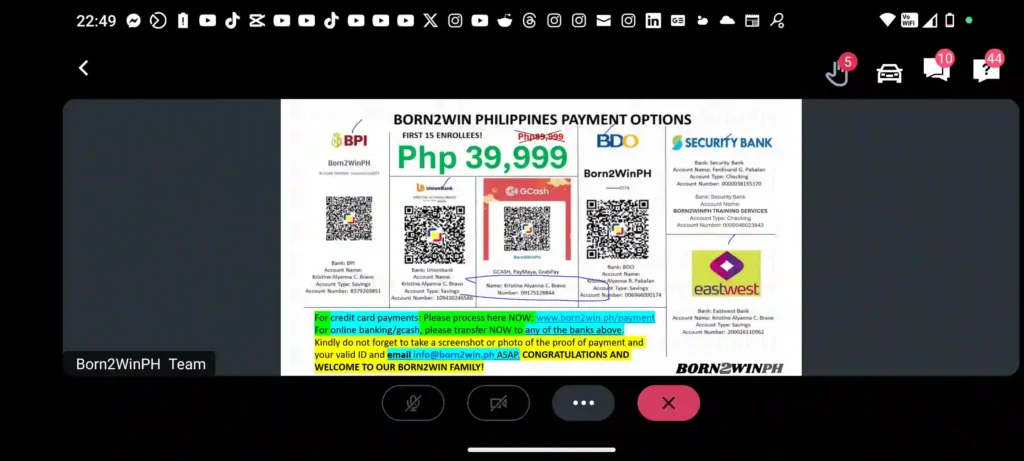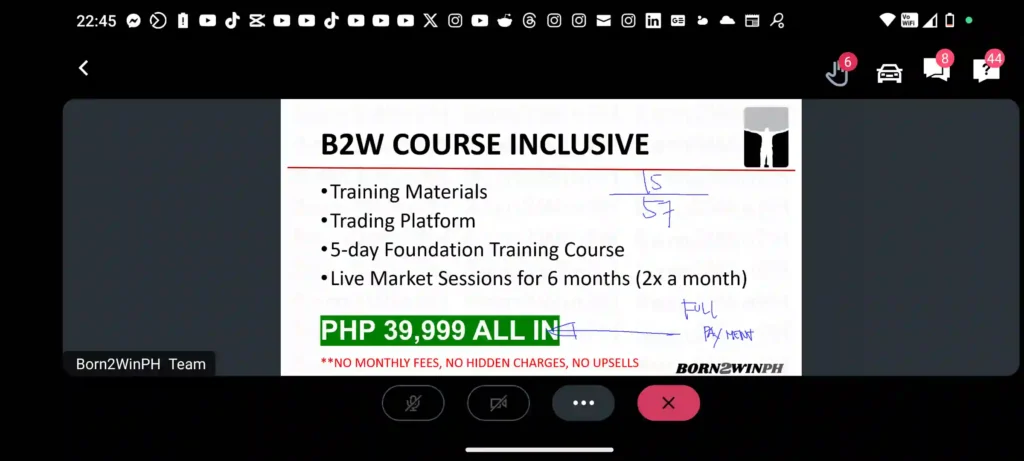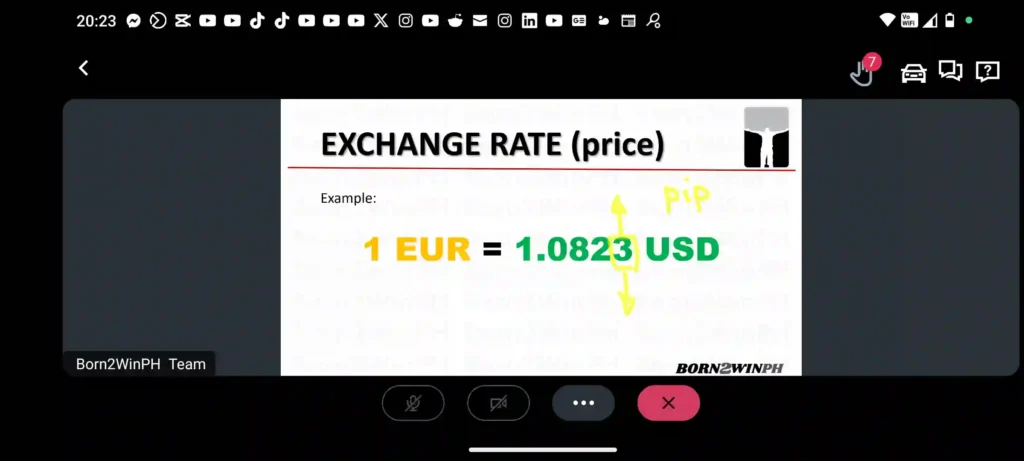I’m starting this blog today because something happened that reignited a spark of curiosity I thought I’d lost. Today, I attended a forex webinar, and I was reminded of a journey that began years ago. Back in 2017, I was lured by the promises of “easy money” through forex. Like so many others, I wanted to understand the allure of this trillion-dollar industry, but my first steps into this world were met with betrayal and disappointment.
My curiosity led me to an Australian company called Learn to Trade. They came to the Philippines with flashy ads, luring hopefuls with stories of quick fortunes. I attended their seminar, bright-eyed and naive, believing they held the keys to financial freedom. In a blur of excitement and trust, I handed over PhP 80,000—a small fortune for me at the time. I envisioned a future where I’d turn that investment into life-changing profits. But reality hit hard.
They gathered us in a posh building in BGC, handed out glossy notebooks, USB drives filled with “secrets,” and even offered champagne, which I haven’t touched to this day. We spent two days there, and the “training” they promised felt more like a thinly veiled scheme to milk us for more. We were taught the basics of buying and selling, all guided by their so-called “expert indicators” for an additional PhP 4,000 per month. My heart sank. The cost of that subscription could’ve covered half the rent on a modest apartment in Taguig.
One of my classmates asked the question on everyone’s mind: “If their indicator is so powerful, why don’t they just use it to trade themselves?” But they didn’t just stop there—they dangled an even pricier “exclusive” offer. For a staggering PhP 350,000, we’d get to learn a “secret” trading technique with the company president himself, using his own funds as startup capital. I felt the weight of the scam finally crushing my initial dreams. I almost fell for it, yet again, until a staff member suggested I take out a bank loan. That was the breaking point. I walked out, humiliated and lighter by PhP 80,000, but with a resolve hardened by that bitter lesson.
Years passed. I found myself both cautious and skeptical, watching people succeed at forex but never fully trusting the industry again. I followed BibianoFX, a Filipino trader who built a quiet, fulfilling life on a farm in Bohol, buying a big bike, a truck, and livestock—all financed by his careful trading. His story kept a small part of my hope alive, proof that forex could work if approached with patience and authenticity.
Fast forward to today, November 2024. I tuned in to another webinar, hosted by Bord2WinPh. As the coach, Ferdie Pabalan, started explaining forex basics, I felt the same blend of excitement and suspicion creeping in. But I was prepared. A YouTube episode I’d watched earlier with RDR, a wealth coach, echoed in my mind: “It’s easier to make money selling courses than it is trading forex.” That truth sank in deeply. The coach eventually offered his own paid coaching services, predictably selling a dream I knew better than to buy.



But this time was different. I listened with a clear head, curious about the insights he offered but fully aware of the traps I’d fallen into before. I came away from the webinar with a refreshed understanding of forex but with zero intention of enrolling in yet another course. No more fear of missing out, no more empty promises. The wounds from my past experience with Learn to Trade had finally healed into wisdom.
To anyone reading this, especially in the Philippines where dreams are big and incomes are modest: be cautious. Forex is an industry of potential, yes, but also of pitfalls. Learn from my story, and remember—sometimes, the real “money-earning machine” isn’t the trade itself; it’s the relentless marketing of dreams, sold at the expense of your trust and hard-earned cash.
Leave a Reply